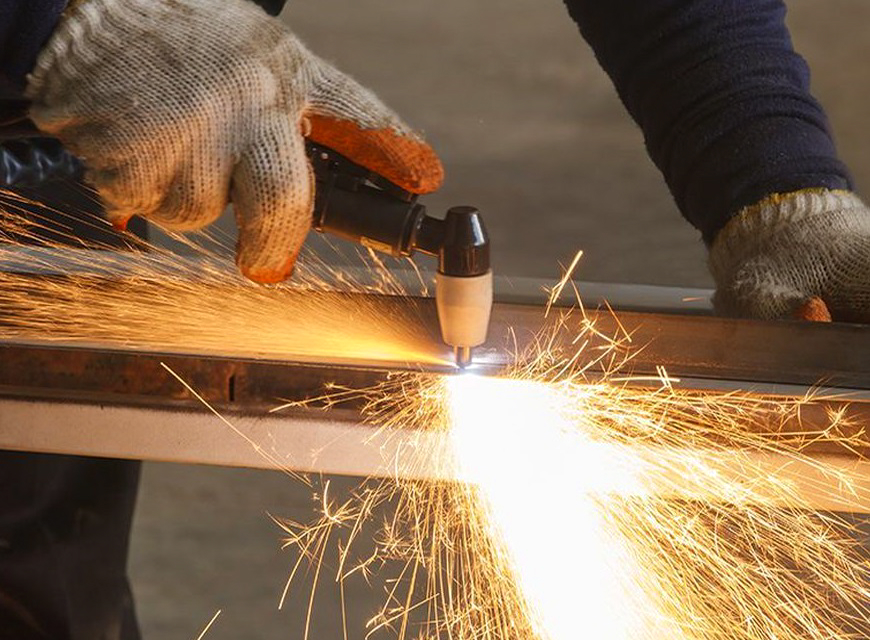The Intricate Art of Plasma Cutter: Fusing Functionality with Craftsmanship
Welding is a versatile and crucial technique that is vital in various industries, from manufacturing to construction. It involves joining metals by melting them and joining them in order to form sturdy and lasting connections. This article explores the world of welding and its history and types, its applications and the knowledge required to master this art of welding.
The development of welding dates through thousands of years, beginning with the most basic forms of forging to the sophisticated techniques we use today. The ancient civilizations realized that by applying massive heat to metals, they were able to fuse them, leading to stronger tools and weapons. As we progressed through the Industrial Revolution and into the contemporary era, welding technology developed rapidly. Electric and gas welding in the early 20th century revolutionized welding, allowing for stronger and more durable constructions. Nowadays, there is numerous welding options that are available to us, each suited to different material and application, ranging starting from the bottom of the ocean up to the vacuum of space.
Fundamentally, welding entails melting the edges of two separate pieces of metal in order to create one strong, solid joint. To achieve this, you need a thorough understanding of metallurgy, heat transfer, and material properties. The type of welding you choose depends on factors such as the metals being joined as well as the strength of the joint desired and also the application. The most common welding methods include arc welding, gas weld, resistance, and laser welding. Each having its own unique list of benefits and restrictions.

Welding plays a crucial role used in a myriad of fields. In construction, it is employed to construct steel structures and bridges, keeping their structural integrity. In automotive manufacturing welding is essential to making car frames and chassis. Aerospace companies rely on exact welding methods to produce aerospace components that comply with stringent safety requirements. Even the art world has embraced welding helmet, with artists employing the technique to make intricate sculptures of metal. The flexibility of welding makes it indispensable in our modern society.
Innovations in welding technology continue to push the boundaries of what’s feasible. Robotics and automation have transformed welding by increasing effectiveness and precision, while minimizing human errors. The advent of high-strength weld materials like alloys and composites, has created new opportunities in the field of engineering and design. Also, non-destructive testing techniques like ultrasonic or radiographic testing, assure the integrity and quality of joints that are welded, which contributes to greater safety and security.
In spite of the complexity and risk, there’s an unquestionable art in welding. Being able to watch a skilled and experienced welder work is awe inspiring. How they manage the molten pool of metal by guiding it with the utmost precision and focus similar to watching the artist brushing colors on the canvas. The results, too, can be stunning ranging from the sleek, clean designs of an modern building’s framework to the intricate patterns created by a custom-made sculpture made of metal. The idea of welding may stem from the need for function, but it can ascend up to the top of style as well as beauty.
Leave a Reply